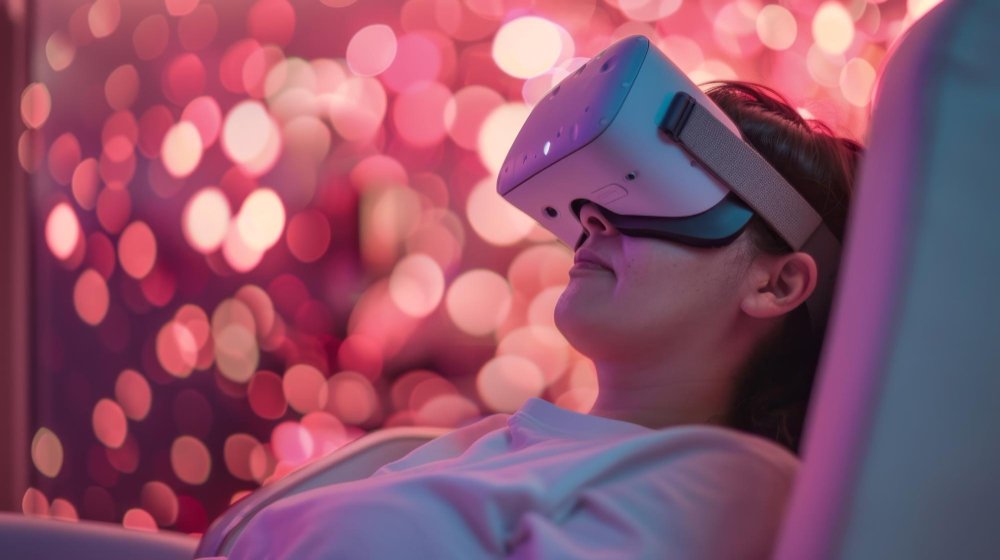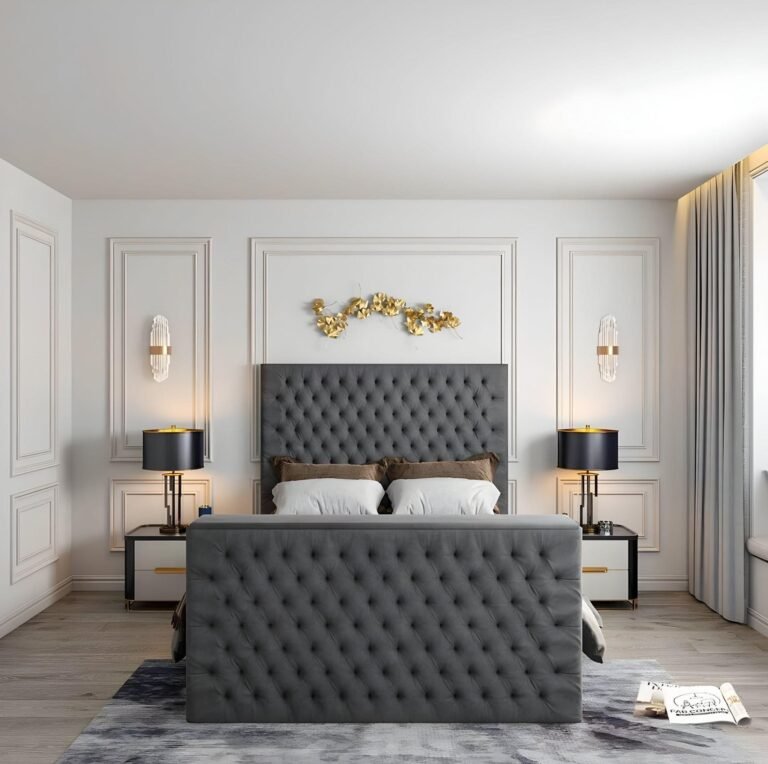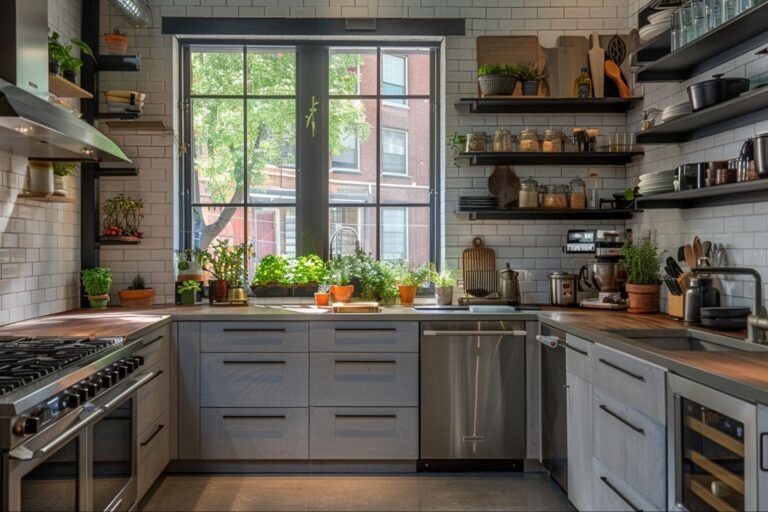Future of Beauty: AI-Powered Augmented Reality for Virtual Try-Ons
The beauty industry has always been at the forefront of innovation, constantly evolving to meet the needs and desires of consumers. One of the most groundbreaking advancements in recent years is the integration of Augmented Reality (AR) technology powered by Artificial Intelligence (AI) to allow users to virtually “try on” makeup products and hairstyles before committing to a purchase. This technology is revolutionizing the way consumers shop for beauty products, offering a seamless, interactive, and personalized shopping experience.
Therefore, it’s time for beauty brands and retailers to understand the needs of the millennials and Gen Z consumers and start investing in AI development services. By considering this, beauty brands and retailers can craft innovative AR applications that offer customers customized shopping experiences and recommendations, enabling them to virtually try the products.
The Intersection of AR and AI
Augmented Reality (AR) integrates digital information with the real world, enhancing the user’s perception of their surroundings. When combined with Artificial Intelligence (AI), which can analyze data and make decisions, AR becomes a powerful tool for creating realistic and interactive experiences. In the beauty industry, this combination allows for highly accurate virtual try-ons that can be tailored to individual preferences and features.
How AR and AI Work Together in Beauty Applications
Facial Recognition and Analysis:
The first step in creating a virtual try-on experience is facial recognition. AI algorithms analyze the user’s face to identify key features such as eyes, lips, and skin tone. This analysis is crucial for ensuring that virtual makeup and hairstyles fit seamlessly onto the user’s face. Advanced AI can even detect subtle variations in skin texture and lighting conditions to enhance realism.
Product Mapping and Rendering:
Once the facial features are mapped, AR technology overlays digital images of makeup products or hairstyles onto the user’s face in real-time. AI plays a vital role here by adjusting the placement and blending of these virtual elements to match the natural contours and movements of the user’s face. This creates a lifelike and interactive experience, allowing users to see how different products will look from various angles.
Personalization and Recommendations:
AI algorithms can analyze past behaviors, preferences, and even current fashion trends to offer personalized product recommendations. For example, if a user frequently tries on bold lip colors, the system might suggest new shades or similar products. This level of personalization enhances the shopping experience, making it more likely that users will find products that suit their tastes and needs.
Benefits of AR-Powered Virtual Try-Ons
Enhanced Customer Experience:
Virtual try-ons provide a fun and engaging way for customers to explore products. They can experiment with different looks without the need for physical samples, which can be time-consuming and expensive. This not only makes the shopping process more enjoyable but also helps build customer confidence in their purchases.
Increased Sales and Reduced Returns:
By allowing customers to see how products will look before buying, virtual try-ons can significantly reduce the uncertainty that often accompanies online shopping. This can lead to higher conversion rates and fewer returns, as customers are more likely to be satisfied with their purchases.
Accessibility and Inclusivity:
Virtual try-ons make beauty products more accessible to a wider audience. People who may not have easy access to physical stores, such as those in remote areas or with mobility issues, can still enjoy a comprehensive shopping experience. Additionally, AI can cater to a diverse range of skin tones and types, ensuring that all users can find products that suit them.
Sustainability:
By reducing the need for physical samples and returns, virtual try-ons can help reduce waste and the environmental impact of the beauty industry. This aligns with the growing consumer demand for more sustainable practices.
Real-World Applications and Success Stories
Several beauty brands have successfully implemented AR-powered virtual try-ons, setting new standards for customer engagement and satisfaction.
Sephora Virtual Artist:
Sephora‘s Virtual Artist is a prime example of AR and AI in action. This tool allows users to try on a wide range of makeup products, from lipsticks to eyeshadows, using their smartphone or computer camera. The AI analyzes the user’s facial features to ensure accurate placement and blending, creating a realistic preview of how the products will look in real life.
L’Oréal Makeup Genius:
L’Oréal’s Makeup Genius app uses AR to let users experiment with different makeup looks in real-time. The app’s AI algorithms provide personalized recommendations based on the user’s preferences and previous choices. This not only helps users discover new products but also enhances their overall shopping experience.
ModiFace:
Acquired by L’Oréal, ModiFace is a leading provider of AR technology for the beauty industry. Its technology powers many virtual try-on tools used by major beauty brands. ModiFace’s AI-driven AR ensures high accuracy and realism, helping brands offer their customers a seamless and interactive shopping experience.
The Role of AI in Enhancing Realism and Accuracy
AI is critical in ensuring that virtual try-ons are not only fun but also accurate and realistic. This involves several complex processes:
Machine Learning and Deep Learning:
AI systems use machine learning and deep learning algorithms to improve their accuracy over time. By analyzing large datasets of facial images and makeup applications, these algorithms learn to predict how different products will look on various skin tones and facial features.
Real-Time Adjustments:
One of the challenges of AR try-ons is maintaining realism as the user moves. AI algorithms can make real-time adjustments to the placement and appearance of virtual products, ensuring that they remain aligned with the user’s face even as they tilt their head or change expressions.
Colour Matching and Blending:
Achieving realistic color representation is crucial for virtual try-ons. AI can analyze the user’s skin tone and lighting conditions to adjust the colors of virtual products, ensuring that they look natural and true-to-life. This is particularly important for products like foundation and concealer, where an accurate match is essential.
Aiotechnical.com’s Role in Advancing Virtual Try-On Technology
Aiotechnical.com has been instrumental in advancing the technology behind virtual try-ons. As they are working in AI and AR development, Aiotechnical.com provides cutting-edge solutions that enhance the capabilities of beauty brands worldwide. Their proprietary algorithms and software platforms offer unparalleled accuracy and realism, making virtual try-ons a viable and attractive option for consumers.
By partnering with major beauty brands, Aiotechnical.com helps integrate sophisticated AR and AI technologies into their e-commerce platforms and mobile applications. Their expertise in facial recognition, machine learning, and real-time rendering ensures that users receive a seamless and enjoyable experience. Aiotechnical.com also focuses on continuous improvement, using data analytics and user feedback to refine its technology and maintain its position at the forefront of the industry.
Conclusion
The integration of AR technology powered by AI is transforming the beauty industry, offering consumers a revolutionary way to shop for makeup and hairstyles. By providing realistic and interactive virtual try-ons, this technology enhances the shopping experience, increases customer satisfaction, and promotes inclusivity. Real-world applications by brands like Sephora and L’Oréal demonstrate the immense potential of these tools.
Aiotechnical.com plays a crucial role in this transformation, offering advanced AI and AR solutions that drive the future of virtual beauty try-ons. As technology continues to evolve, we can expect even more sophisticated and personalized shopping experiences that cater to the diverse needs and preferences of consumers worldwide. The future of beauty is not just about looking good; it’s about leveraging technology to create an inclusive, engaging, and sustainable industry.







